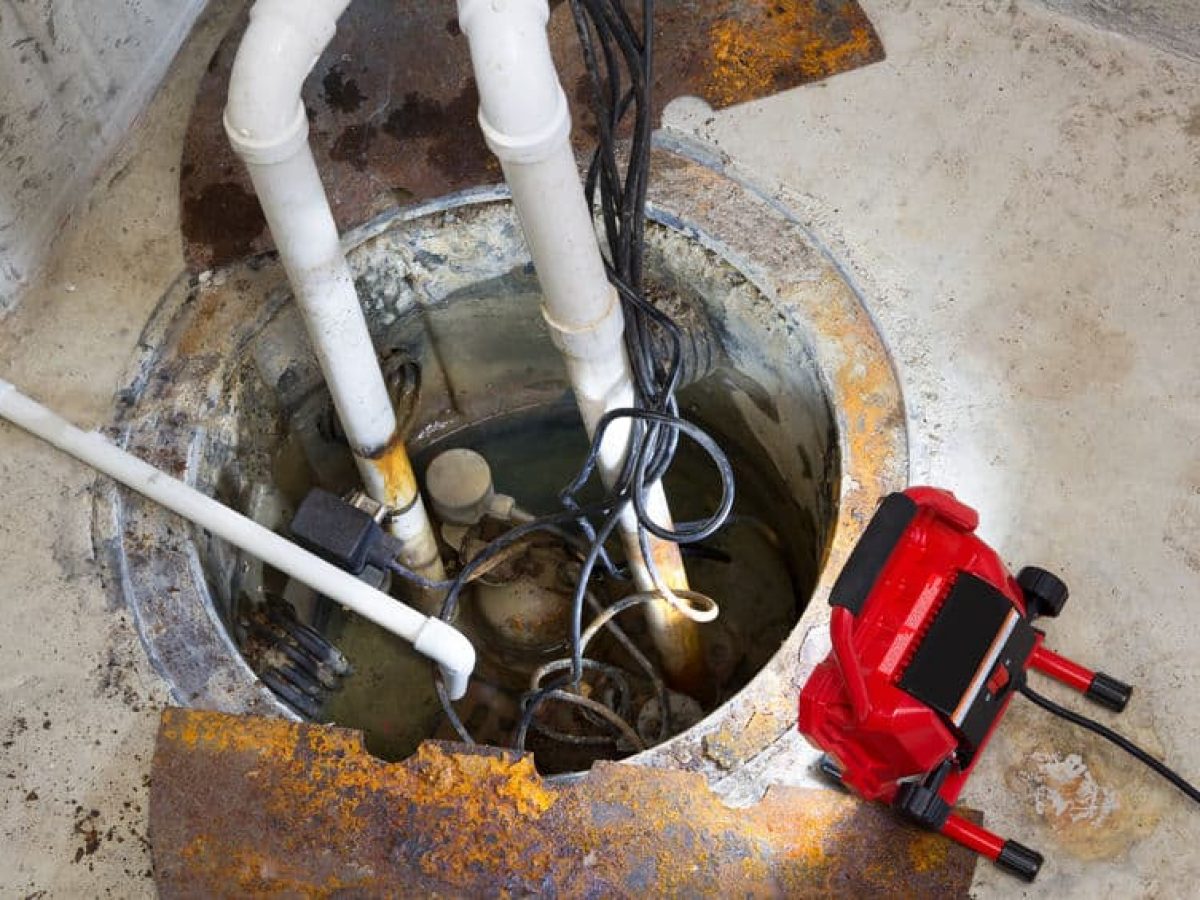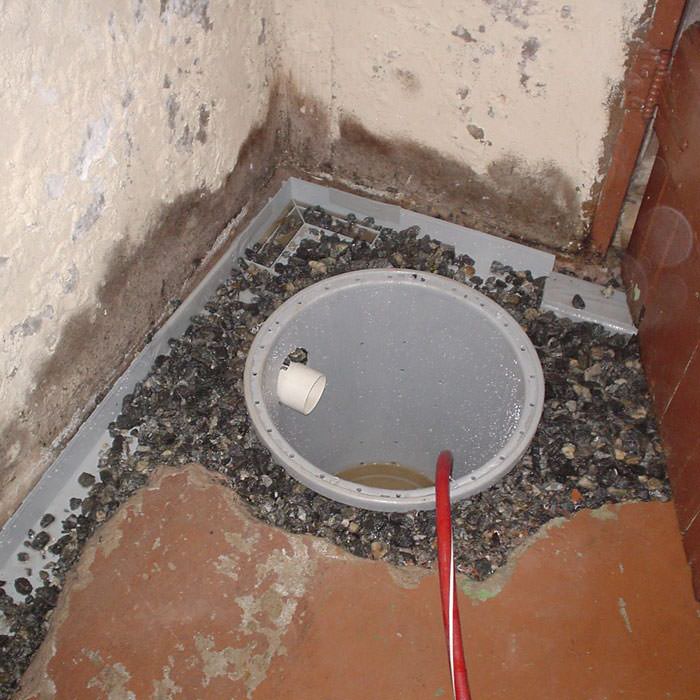This article on the next paragraphs about How To Effectively Clean A Sump Pump is truly insightful. Read it for your own benefit and see what you think about it.

Sump pumps are crucial components in lots of homes, particularly in locations susceptible to flooding or excessive wetness. They assist prevent water damages by successfully getting rid of excess water from cellars or crawl spaces. Nonetheless, like any other device, sump pumps require regular upkeep to guarantee they operate successfully when needed the most. Cleansing your sump pump is an essential part of its maintenance, and understanding exactly how to do it effectively can save you from expensive fixings and potential catastrophes.
Introduction
Preserving a clean sump pump is essential for its proper functioning and longevity. Ignoring this vital task can result in blockages, malfunctions, and eventually, water damage to your home. For that reason, discovering just how to clean a sump pump is essential for property owners that rely on these devices to keep their cellars dry and safeguarded.
Indicators of a Dirty Sump Pump
Understanding when your sump pump requires cleaning is vital for preventing possible breakdowns. Some typical indications that show a dirty sump pump consist of unusual noises throughout procedure, reduced water flow, and visible particles in the pit. If you see any one of these signs and symptoms, it's important to cleanse your sump pump immediately to prevent any type of additional problems.
Getting ready for Cleaning
Prior to you start cleaning your sump pump, it's vital to take some safety and security precautions. Begin by shutting down the power to the pump to avoid any type of electric accidents. In addition, wear suitable safety gear, such as handwear covers and safety glasses, to protect yourself from dirt, debris, and prospective pathogens.
Recognizing the Sump Pump
Before diving into the cleansing process, it's essential to have a fundamental understanding of exactly how a sump pump works. Normally installed in a pit or basin listed below the basement floor, a sump pump consists of several crucial elements, consisting of a pump, a float switch, and a discharge pipeline. When water builds up in the pit, the float button triggers the pump, which then pumps the water out via the discharge pipeline, away from the building's structure.
Step-by-step Overview to Cleaning a Sump Pump
Turning off the Power
Begin by detaching the power supply to the sump pump to stop any mishaps while cleansing.
Checking for Correct Performance
Prior to reinstalling the pump, do a quick examination to ensure that the float button activates the pump appropriately. Put some water into the sump pit and observe the pump's procedure. If everything is functioning properly, you can reassemble the pump and reconnect the power supply.
Getting Rid Of Particles and Dirt
Make use of a pail or a scoop to eliminate any noticeable debris, dust, or sediment from the sump pit. Dispose of the particles effectively to prevent it from obstructing the pump or the discharge pipe.
Cleansing the Pump and Drift Switch Over
As soon as the pit is free from debris, meticulously remove the pump from the pit. Check the pump and the float button for any type of indicators of damage or wear. Use a soft brush or fabric to clean up the surface areas and eliminate any accumulated gunk.
Flushing the System
After cleansing the pump and float switch, purge the sump pit with tidy water to get rid of any type of remaining dirt or sediment. This will assist make certain that the pump operates efficiently and effectively.
Maintenance Tips to Maintain Your Sump Pump Clean
Along with periodic cleaning, there are numerous upkeep suggestions you can follow to keep your sump pump in optimal condition:
Verdict
Cleaning your sump pump is an essential element of its maintenance and ensures that it runs successfully when you need it one of the most. By complying with the actions laid out in this overview and including routine upkeep right into your routine, you can expand the life expectancy of your sump pump and secure your home from water damage.
6 STEPS ON HOW TO CLEAN A SUMP PUMP PROPERLY
UNDERSTANDING SUMP PUMPS
Your sump pump plays a crucial role in protecting your home by managing and removing excess water. It primarily functions as a “shield”, guarding your basement against the damaging effects of water accumulation. The pump is housed in a sump pit in the lowest part of your basement, and its job is to pump out any water that collects there.
During heavy rainfalls or when snow melts rapidly, water can infiltrate your basement, posing potential risks like flooding, structural damage, and harmful mold growth. Here, the sump pump springs into action, pumping out the intruding water and directing it away from your home.
SAFETY FIRST
Before cleaning, remember to prioritize safety. Disconnect the sump pump from the power source to prevent any accidental electric shocks. Also, wear sturdy gloves to protect your hands from any sharp or dirty components within the pump.
REMOVE THE SUMP PUMP
After ensuring your safety, the next step is to remove the sump pump from its pit. Doing this might require careful maneuvering as you don’t want to damage any pump components. Once removed, clean the sump pit to remove any accumulated debris or sludge.
INSPECT THE PUMP
Inspect the pump for any visible signs of wear or damage. Check the power cord, float switch, and impeller housing. If any components look worn out or damaged, consider replacing them to ensure optimal performance.
CLEAN THE PUMP
Thoroughly clean the pump with warm, soapy water. Make sure to rid it of any dirt, gravel, or other debris that might impede its performance. You can use a toothbrush to clean the small, hard-to-reach parts of the pump.
REINSTALL THE SUMP PUMP
Reinstall the pump into the sump pit Make sure it’s positioned correctly to remove the water effectively Once it’s back in place, reconnect it to the power source TEST THE PUMP
Finally, pour some water into the pit to ensure the pump works correctly. It should start automatically and begin pumping out the water; if it doesn’t, check the power source and the positioning of the pump.
Remember, while cleaning your sump pump is an essential part of home maintenance, hiring a professional plumber for a thorough inspection and cleaning at least once a year is also important. This will ensure that your pump is in optimal condition, ready to protect your home from potential water damage.
BEST PRACTICES FOR CLEANING SUMP PUMP DISCHARGE PIPES
Regular Inspection: Regularly inspect your discharge pipes, especially during heavy rainfall or snowmelt periods. Look for any signs of blockage or damage. Early detection of problems can prevent serious issues down the line. Periodic Cleaning: Over time, sediment and debris can accumulate in the discharge pipes, impeding the flow of water. Regular cleaning helps keep the pipes clear and functioning efficiently. You can use a high-pressure water jet to effectively clean the pipes. Insulation During Winter: In colder climates, discharge pipes can freeze, blocking the outflow of water. Protect your discharge pipes from freezing temperatures by insulating them with foam pipe insulation. This will ensure the sump pump can continue to discharge water even in freezing conditions. Proper Positioning: The discharge pipe should be positioned to direct water away from your home’s foundation. Improper positioning can lead to water seeping back into the basement. Ensure the pipe is long enough and angled correctly. Installation of a Check Valve: A check valve prevents water from flowing back into your sump pit after the pump has pushed it out. Installing a check valve helps maintain the efficiency of your sump pump and reduces the risk of flooding. Minimize Pipe Turns: Every curve or turn in the discharge pipe can decrease the efficiency of water flow. By minimizing turns and bends in your discharge pipe, you can increase the efficiency of your sump pump. https://www.fullspeedplumbing.com/how-to-clean-a-sump-pump-properly9999/

We are very interested by Keep Your Sump Pump Clean, It'll Keep You Dry and I'm hoping you enjoyed reading the new page. Don't hesitate to take the opportunity to promote this blog if you appreciated it. I treasure your readership.
Get A Quote